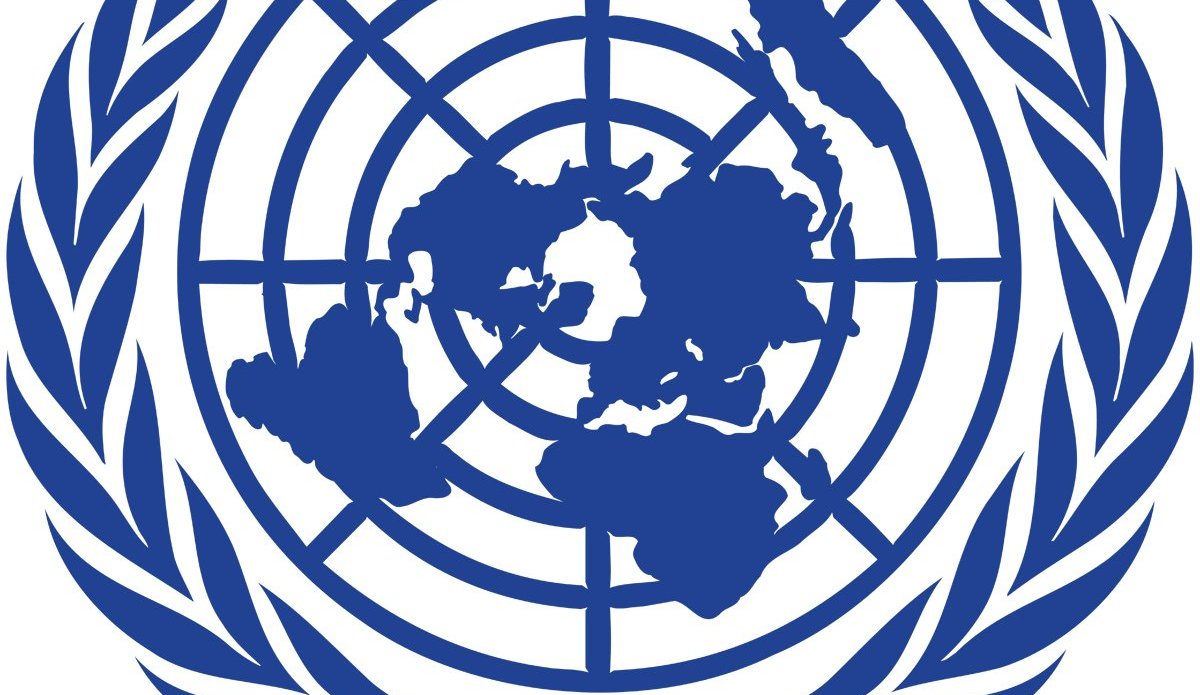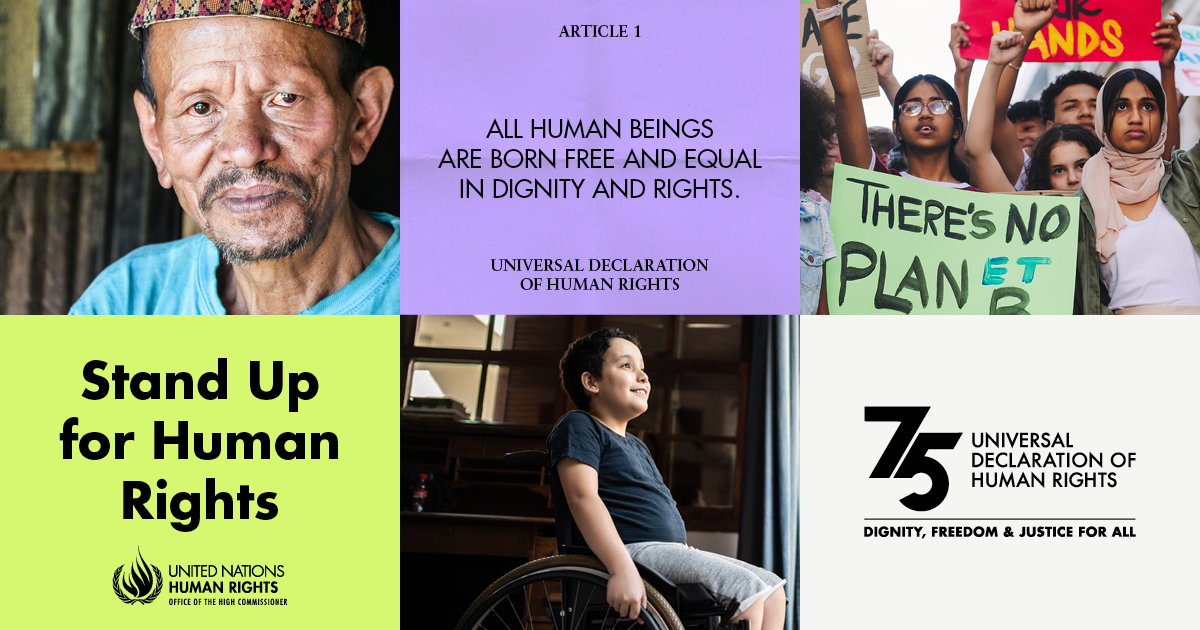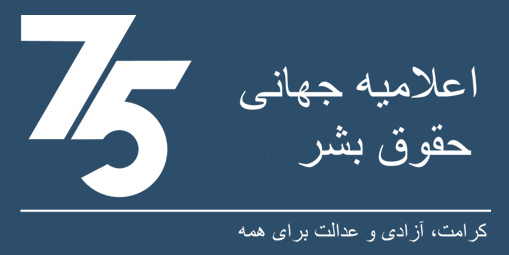Transcript of press conference on Mid Year Report on Protection of Civlians
KABUL - Below is the near verbatim transcript of the press conference given on the occasion of the launch of the Mid-Year Report on the Protection of Civilians in Armed Conflict in Afghanistan.
PRESS CONFERENCE TRANSCRIPT
Release of UNAMA’s Mid-Year Report on the Protection of Civilians in Armed Conflict in Afghanistan
(near verbatim; edited for clarity)
Government Media & Information Center, Kabul – Wednesday, 31 July 2013
Participants:
- Director of UNAMA’s Human Rights Unit, Georgette Gagnon
- UNAMA National Spokeswoman, Nilab Mobarez
***
Nilab Mobarez: Ladies and gentlemen, welcome to today’s press conference. Our guest speaker today to launch the Mid-Year Report on the Protection of Civilians in Armed Conflict in Afghanistan is Ms. Georgette Gagnon, the Director of Human Rights at the United Nations Assistance Mission in Afghanistan (UNAMA). So, Georgette, over to you.
Georgette Gagnon: Good morning. Thanks for coming today. I will provide a short overview of the report’s findings and recommendations and then take your questions.
The full report – with all the facts, figures, and accounts of Afghan civilians affected by the conflict – is available here at the back of the room and online. And off course I urge you all to read the report in its full eighty pages, because it has a lot of good information in it about how the conflict is affecting ordinary Afghans.
The armed conflict brought increased suffering and harm to Afghan civilians in the first half of 2013. The number of Afghan civilians killed or injured rose by 23 per cent compared to the same period last year.
UNAMA documented 1,319 deaths and 2,533 injuries – a total of 3,852 civilian casualties. This marked an increase of 14 per cent in deaths and 28 per cent in injuries over the same period in 2012. The rise in civilian casualties in the first half of this year reverses the decline recorded in 2012, and marks a return to the high numbers of civilian deaths and injuries documented in 2011.
UNAMA’s report observed that the main factors driving the increase in civilian casualties were the following: first, the increased use of improvised explosive devices, or IEDs, by Anti-Government Elements, particularly in areas frequented by civilians like bazaars, busy roads and other places. These accounted for 35 per cent of all civilian casualties. An increase from ground engagements between Afghan security forces and Anti-Government Elements was the second factor leading to increased civilian casualties. These caused 25 per cent of all civilian casualities. Tactics involving IEDs, including suicide attacks, accounted for just over half of all civilian casualties this last six months.
Another factor was an increase in targeted and deliberate killings of civilians by Anti-Government Elements, including attacks against civilian government workers, judges, prosecutors and Mullahs and supporters or perceived supporters of the Government.
While IEDs used by Anti-Government Elements remained the leading cause of civilian casualties, ground engagements between Afghan security forces and Anti-Government Elements emerged as the second leading cause of civilian deaths and injuries. This is a new trend that poses an increasing risk to Afghan children, women and men.
UNAMA attributed 74 per cent of all civilian deaths and injuries to Anti-Government Elements, nine per cent to Pro-Government Forces, 12 per cent to unattributed ground engagements between Pro-Government Forces and Anti-Government Elements and the remaining five per cent of casualties resulted mostly from unexploded ordnance.
The report noted that 1,038 civilian deaths and 1,825 civilian injuries, for a total of 2,863 civilian casualties, were attributed to the Anti-Government Elements. This is a 16 per cent increase compared to the same period last year.
The report documented 362 casualties caused by Pro-Government Forces. These are Afghan security forces and international military forces. This included 146 civilian deaths and 216 civilian injuries.
This represented a 16 per cent drop in deaths attributed to Pro-Government Forces but a 58 per cent increase in injuries to civilians.
The leading cause of civilian casualties by Pro-Government Forces was ground engagements directly attributed to the military operations of Pro-Government Forces.
Deaths and injuries to women and children, unfortunately, increased by 38 per cent, reflecting a grim reality of the conflict today. UNAMA documented 337 women and children killed and injuries occurred to 770 others.
UNAMA observed that the violent impact of the conflict on Afghan civilians marked by the return of rising civilian casualities in 2013 demands even greater commitments and further efforts by all parties to the conflict to protect civilians who are increasingly being killed and injured in the crossfire.
UNAMA reiterates its call to Anti-Government Elements to cease the deliberate targeting and killing of civilians and withdraw orders that permit attacks and killings of civilians, in particular, religious personnel, judicial authorities and all civilian government workers.
We are also urging Anti-Government Elements to cease using victim-activated IEDs which if anybody steps on them or any car they blow up, killing civilians. These types of IEDs are indiscriminate and illegal and their use should be stopped. UNAMA urges all parties to the conflict to exercise constant care to protect civilians from the dangers of military operations and to take all feasible measures to avoid and minimize incidental loss of civilian life and injury.
Nilab Mobarez: Now we are going to take questions. Please ask short questions, one at a time. Thanks.
QUESTIONS AND ANSWERS
Ariana TV: One of the concerns that the security forces have is with regards to the support behind the insurgents from foreign sources. I would like to know if there is any mechanism to address this problem?
Georgette Gagnon: Well, our focus is on the conduct of Afghan security forces and Anti-Government Elements and that is what we can talk about today. I can’t talk about whether any foreign forces are involved. When we highlight what Anti-Government Elements are doing, it is defined very clearly, the methodology and what type of groups are involved in the fighting here.
Tolo TV [translated from Dari]: The United Nations constantly expresses concern over the increase of civilian causalities, mostly attributed to the Anti-Government Elements. Previously, UNAMA talked about establishing a mechanism to reach the Taliban to discuss civilian casualties, to decrease the number of civilian casualties. I would like to know how far are you with that, or is that still underway or being worked on?
Georgette Gagnon: Thank you. We have made every effort in the past, and with this report, to invite the Taliban to have a dialogue with us on civilian casualties. As the report points out, the Taliban have stated publicly in their public statements that they are taking measures to protect civilians. They are not using these victim-activated pressure-plate IEDs. They have said this. Unfortunately, the reality has not been borne out and we haven’t seen a great reduction in civilian casualties by them. However, what we found this year, which may be the result of our advocacy and our highlighting of how the Taliban are behaving, is that we have seen a 24 per cent reduction by them in the use of these pressure-plate IEDs and less casualties from these kinds of IEDs. In addition, we observed an increase in the Taliban’s use of something called remote-controlled IEDs, which are supposedly more discriminate, meaning they can target, a military target, more precisely. We have seen an increased use in those types of IEDs, however, the way they are being placed has been indiscriminate – meaning they are placing these IEDs and making them go off in places that civilians frequent, such as parks, bazars and busy public roads and that is why there is still an increase in civilian casualties from IEDs.
Associated Press: I was just looking at this chart you have here on ground engagement – broken down by geographical region – and it seems to me that the spike in civilian casualties seems to be in those regions that have transitioned, either the first transition or were in the process of being transitioned when this report was drafted. What do you attribute this to? Is this an increase in anti-government forces trying to retake lost territories? Because the numbers are almost equal to civilian casualty numbers as of result of ground engagements.
Georgette Gagnon: What we have observed is that transition is affecting different districts and different areas differently. It is not the same everywhere. But what we found is that in a number of areas where international military forces have withdrawn or are withdrawing, particularly in contested areas – and these are areas that are bordering the neighboring countries or areas where there has not been a huge government presence – we’ve seen in some of those areas increased ground engagements as government forces enter those areas, as the ALP [Afghan Local Police] enters those areas, and also as Anti-Government Elements use different kinds of tactics to also go after or make efforts to assert control into these areas. And that is why you are getting increased ground engagements, particularly in contested areas which may or may not have been transitioned. It is happening in a number of places across the country and the report sets out very clearly where those hot regions are.
Reuters: In your report, you mentioned that, considering the casualties caused by the international forces’ airstrikes, the way they are carried out is kind of ok? And I was wondering what response you had from the international forces on how they carry them out and what measures they will take to reduce casualties in the future?
Georgette Gagnon: Well, we have spent many years advocating with international military forces on ways and means to reduce civilian casualties from airstrikes and every year there has been a reduction. What they have done is changed some of their tactical directives and changed some of the rules of procedure on airstrikes. This year we did see several airstrikes which caused civilian casualties. We wanted more information on why the casualties were caused during these airstrikes and more transparency and accountability. Some efforts were made to do that, but we have called on the international forces to provide more in this regard and they indicated that they are doing that.
National Public Radio: My question is about sources, I mean the basic sources that you are [using for your] reporting. Based on those sources, I was wondering about the annual or mid-year report. How effective are these, in good way? Thank you.
Georgette Gagnon: Thank you. The methodology we use is laid out in great detail in the report and it is well-tested and refined over several years. We use several, many sources for different types of incidents and we always attempt to ensure we have first-hand eyewitness victim sources, and visit the location if it all possible. So, as I said, it is very clearly spelled out, for example, regarding the number of airstrikes in Kunar Province, in Shegal, our team interviewed well over 50 persons in the area, went to the area and did quite an in-depth investigation and documentation of those particular incidents and, of course, discuss fully questions and findings with Afghan forces and international forces or any forces that are involved. Regarding the value of a Mid-Year Report, well, in our view, it is an extremely valuable tool that highlights how Afghan civilians are being affected in real-time, and the goal with these Mid-Year Reports is to get immediate changes in policy and practice from whatever tactic is killing and injuring civilians. For example, with this report, you’ll note, we observed quite an increase in civilian deaths and injuries from these unexploded and abandoned ordinance. Because that was documented, because it was brought to the attention of relevant military forces, they have said they are going to take measures now to try and clear unexploded and abandoned ordinance from places where it still is. So that is the value of the Mid-Year Report. We don’t want people to wait; we are trying to prevent civilian deaths and injuries.
United Nations Assistance Mission in Afghanistan (UNAMA)
All media contact details are online at: http://unama.unmissions.org
 UN
UN







